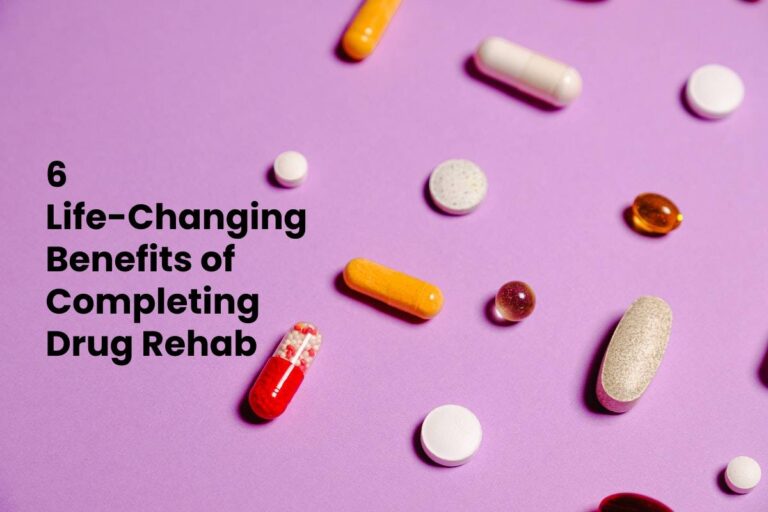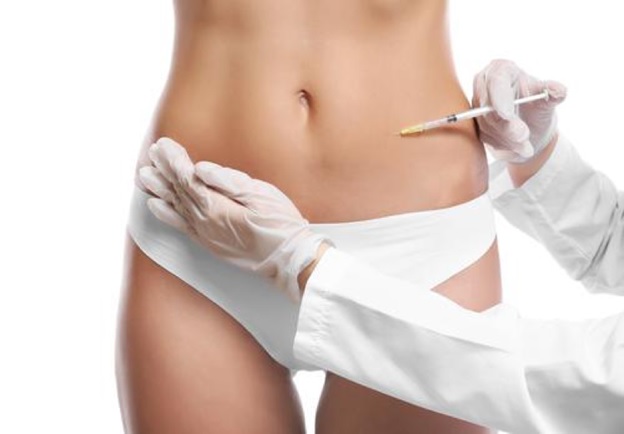What Nail Shape looks best on Short Chubby Fingers – The nail is one of the parts of our fingers. It is present on the fingers. Nowadays, there are so many nail shapes available. Women are especially very interested in maintaining nails. The decision is tough to choose which is good or which is not. Women are susceptible (susceptible), so they take a long time to decide. Here we have so many Nail Shape are there.

So let’s discuss Nail Shape.
Types of Nail Shape
Round Nails
A lot of women prefer round-shaped nails. These appear cute and are primarily suitable for young girls.
Oval Nails
Nails of oval shape look more natural. It’s hard to identify whether it is a natural nail or an artificial one.
Square Nails
These nails are significantly less seen as they look different from natural nails. However, a woman can turn anything to look fashionable.
Squoval Nails
Squoval nails are partly square-shaped and partly oval-shaped. They fit perfectly in anyone’s nails. The height of these nails is extended to the fingertip only.
Coffin/Ballerina Nails
Ballerina or coffin nails are quite triangular-shaped. Women who are bold and confident wear these kinds of nails. This shape flawlessly represents a confident woman.
Almond Nails
As in the name, these nails are almond-shaped. These can go with any occasion and easily suit anyone’s nails.
Stiletto Nails
Stiletto nails are sharp and pointy nails. These look scary and dark in appearance. You might have seen this kind of nail on a witch’s hand.
What Nail Shape looks best on Chubby, Short Fingers
People have nails of different sizes and shapes. We can choose these shapes for chubby fingers, Round, coffin, almond and oval. These shapes will help Chubby and Short Fingers. If they have tiny, Chubby and Short Fingers, they will want to show their fingers look longer. In this whole process, these nails will help you out.

You can use an oval shape if you have Short or Chubby Fingers. So your fingers will look beautiful when you are wearing this.
These all are artificial nails only. These nails look unique, and you can find many different colours. Trending colours are perfect for the experiment.
Nail Shape to Make Fingers look Slimmer
Nails aren’t beautiful without a stylish super of colours. For a manicurist, the most necessary thing is the shape of the nails.
The base or the foundation of fabulous nails is the shape. Shape plays an essential role in the formation of fabulous nails.
The entire choice of your nail’s colour and shape is yours! Using your ideas to make your hands look attractive through your nails.
Most women do not know that their shape is the secret behind making short fingers appear long and getting good nails. Few women think it’s not essential to choose a nail shape wisely. But, it is a task that we women should look into while getting our nails done. You can also learn more about these points in a nail salon
Every woman like their nails naturally. They will take care of their nails. So, they must know about choosing their nails’ shape and colour. When you use nail shapes, you should remember one thing: finding good quality and colour is compulsory.
Almond-Shaped Nails: These are the most common shape of nails that make your fingers look slimmer. If you want to make your nails thinner and long, then almond-shaped nails are the best option.
Almond-Shaped Nails On Fat Fingers
Almond-shaped nails look very beautiful and very trendy also. Every woman wants to look beautiful, so she maintains a lot of things in her daily routine. But when it comes to nails, she will be very concerned about nails, so if you put on almond shapes nails on our/ your nails, they will look lovely. If you go, any were any function; it seems very present bull, beautiful and trendy.

Using almond-shaped nails on the fat fingers will look slim because almond-shaped nails’ sides are fragile and wide.
We have many types of nail shapes available in the market, like coffee and matte, but using almond-shaped nails on fat fingers looks trendy, stylish and classy. Also, so a lot of people want to use almond-shaped pins.
How To Put Almond-Shaped Nails On Fat Fingers
- If you want to extend almond-shaped nails on fat fingers, first clean your pin neatly. Then take one Cuticle Pusher and clean all sides of the Cuticle of the nails.
- If you have a long nail, you can cut as much as you want, then take emery board files.
- Do filing to the nail to nails and shape it. Do not use metal nail files because they harm our nails.
- After filing, put artificial nails on nails with the help of glue, then cut almond shaped.
- Then take emery board files and file to all sides because if you do the filling, the nail shape will show very nicely.
- After finishing this process, choose nail polish for that almond-shaped nails.
All nail exertion looks good, but sometimes it will be harmful to our nails, so whenever using these nail shapes, take care.
Coffin Nails on Fat Fingers
Nowadays, nails are becoming more trendy among teenagers. Everyone wants to have beautiful and clean nails. So here we are going to describe Coffin Nails for Fat fingers.
The most attractive nail shape would be almond or coffin/ballerina shape nails in terms of the most flattering for everyone. These two suit most people, and they like them.

Coffin nails are the best nail shape for chubby fingers because of their tapered shape and squared-off ends. However, if you want to make your fingers look less heavy and be party ready, you can go for the coffin nails.
The Coffin Nails have their lateral edges filed towards a point but not all through. So the only word of advice is to grow them long; otherwise, they will draw attention to the fingernail’s length. These nails are tough to maintain daily, so they are not practical for special occasions.
You can teach them practically any pattern; glitter and rhinestones add a centre dollop of oomph to coffin nails.
Ballerina Nails on Fat Fingers
Some people use nail shapes to lengthen their fingers and make the nails more attractive.
However, there are a variety of nail shapes. Nail shapes are to enhance the look and beauty of your fingers. You can make yourself look more beautiful and longer by wearing it.
Here, I will briefly describe one of the best nail shapers.
Ballerina Nails
Ballerina Nails are a perfect match for long nails with thin nail beds. The tip of these nails is square instead of pointed shape. These nails look similar to ballerina shoes, so they are named ballerina’s nails.
Procedure
Apply a beautiful design or colour on these nails as they make the fat fingers look slimmer.
For wearing the ballerina’s nails, first, file your nails towards the tip in a tapered manner on both sides of the nails. They should have an even look.
There are certain benefits and drawbacks to these nails.
Benefits
These nails are sophisticated and feminine.
They look neat and clean and also evenly shaped.
Drawbacks
Ballerina Nails suits only on long and solid nails.
The sides of the nails may weaken by filing them.
Best Nail Shape for Ageing Hands
Ageing is a natural process; everyone should have experienced it sooner or later. As time passes or as we age, our face, the condition, and the health of our nails also change. They may become weak, gain ridges and may also begin to discolour. One best solution for such ageing hands is wearing a suitable nail shape. The result of it may be more satisfactory.
Squoval shape nails are the best for such ageing hands. You can use it instead of square-shaped nails. Squoval means a shape that is not entirely square or oval but amid. The mild difference in the form of the pins is more pleasing for ageing hands.
Shortening your nails to look decent on ageing hands would be best. You may be customary to long nails for several years, but you should consider adjusting to short nails that must be beyond fingertips. Short nails not only protect your nails from breakage but also looks beautiful. Applying light colour nail polish also suits ageing hands best, as bright shades of the nail polish may seem to shorten your nails.

















